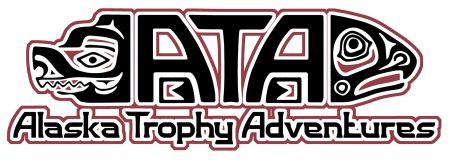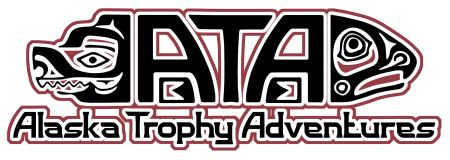Katmai National Park

Katmai National Park has become well known for its salmon run which attracts both bears and people alike to ATA Lodge, located inside the Katmai Preserve.
Katmai contains the world's largest protected brown/grizzly bear population, estimated to number about 2,200. Famously known as the best bear viewing and photography location in Alaska.
Apart from its famous Brown Bears, the Katmai also has moose, grey wolves, beavers, otters, porcupines, wolverine, lynx, and other mammals. Marine mammals include seals, sea lions, sea otters, beluga whales, orca and grey whales. Caribou occasionally winter within the park.
Each year millions of salmon enter the rivers of the Katmai National Park. The abundance of Salmon provides some of the best fly fishing action in the world.

 The Katmai truly embodies the wild heart of Alaska. Katmai National Park and Preserve is located on the Alaska Peninsula in Southwest Alaska, with headquarters in the nearby town of King Salmon, about 290 miles southwest of Anchorage. The park and preserve covers 4,093,077 acres. Most of this is a designated wilderness area in the national park where all hunting is banned. The park is named after Mount Katmai, its centerpiece Volcano. The area was first designated a national monument in 1918 to protect the area around the major 1912 volcanic eruption of Novarupta, which formed the Valley of Ten Thousand Smokes. The park includes as many as 18 individual volcanoes, seven of which have been active since 1900.
The Katmai truly embodies the wild heart of Alaska. Katmai National Park and Preserve is located on the Alaska Peninsula in Southwest Alaska, with headquarters in the nearby town of King Salmon, about 290 miles southwest of Anchorage. The park and preserve covers 4,093,077 acres. Most of this is a designated wilderness area in the national park where all hunting is banned. The park is named after Mount Katmai, its centerpiece Volcano. The area was first designated a national monument in 1918 to protect the area around the major 1912 volcanic eruption of Novarupta, which formed the Valley of Ten Thousand Smokes. The park includes as many as 18 individual volcanoes, seven of which have been active since 1900.
Following its designation as a national park, the monument was left undeveloped and largely unvisited until the 1950s. Katmai and the surrounding lands, became appreciated for their abundance of salmon, the grizzly bears that feed on them, and a wide variety of other Alaskan wildlife and marine life. After a series of boundary expansions, the present national park and preserve were established in 1980 under the Alaska National Interest Lands Conservation Act. A truly remarkable ecosystem, beautiful to behold and full of natural treasures to discover.

